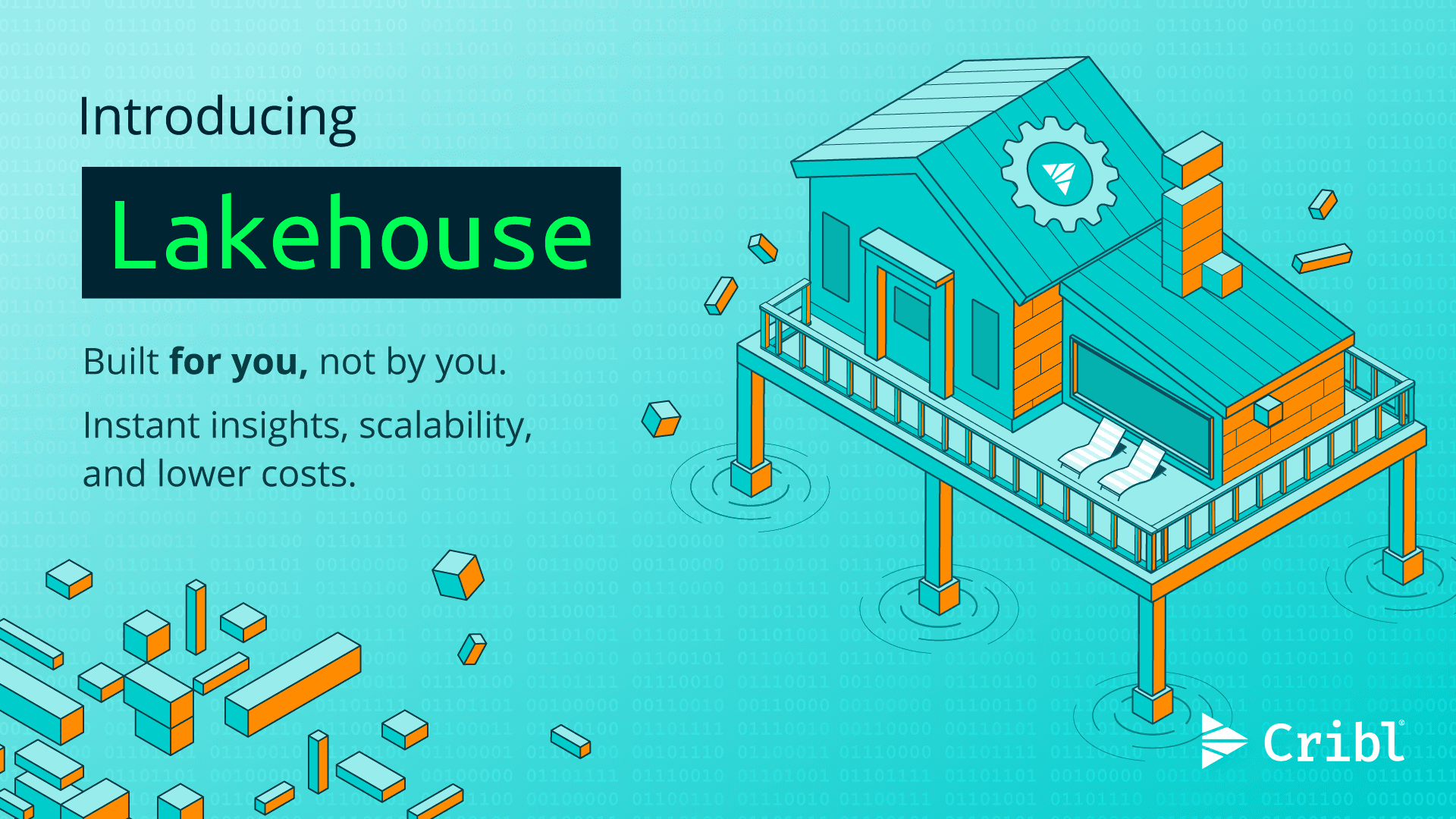Your telemetry data management just got simpl.
Get the choice, control, and flexibility you deserve, with the Data Engine for IT and Security.
Use Cases
Simplify how you route, transform, and reduce data with a central tier that provides choice, flexibility and control.


Simplify how you route, transform, and reduce data with a central tier that provides choice, flexibility and control.


Integrations
Shape and move data to any tool - no new agents or infrastructure. Choice, control, AND flexibility? Yes, please!
CUSTOMER STORIES
Good Reads



get started
See demos by use case, by yourself or with one of our team.
Get hands-on with a Sandbox or guided Cloud Trial.
Process up to 1TB/day, no license required.